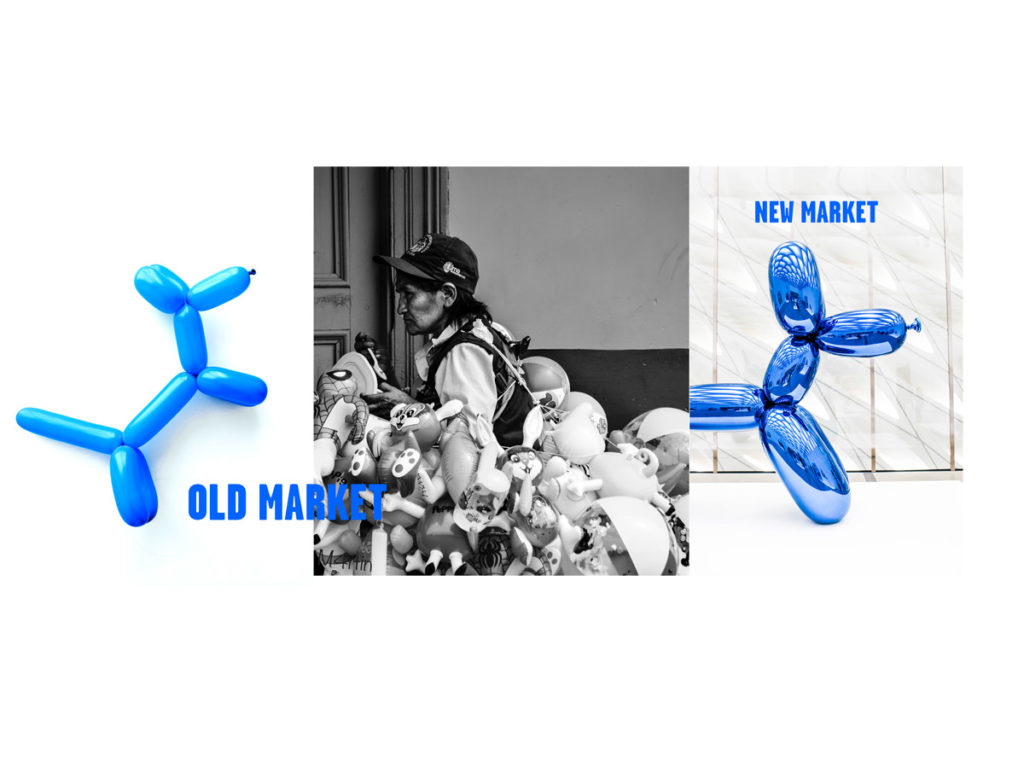Clarintelligence is a platform that dissects the drivers of business, innovation & culture to help executives develop strategies and adjust their business to an ever changing world. It was founded by private equity professional turned publisher Martin Hoffmann.
The results of this poll will be published here as soon as we have a substantial amount of results. The link is provided at the end of the poll.






